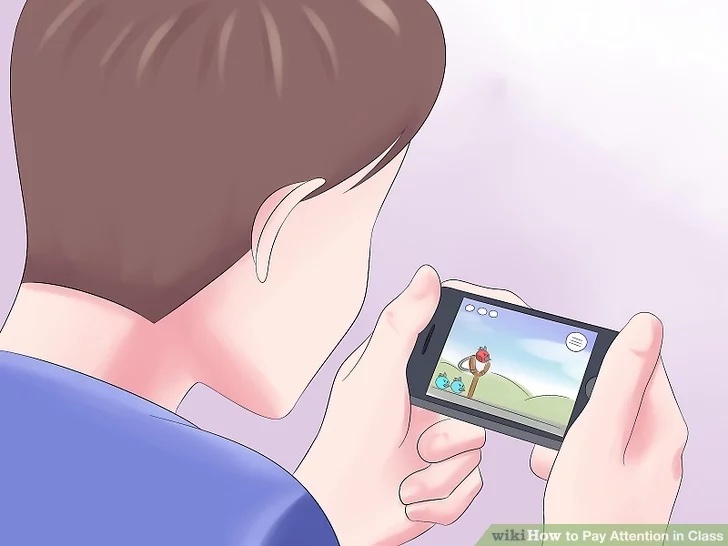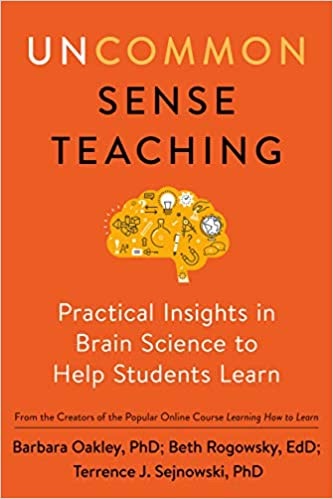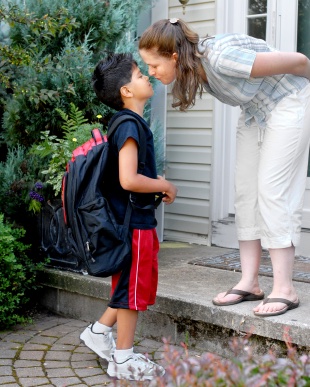
I hope you are having a great Christmas Season and I hope you can make good use of my free resources. Please share if you can and if you haven’t read one of my book summaries yet give one a try.
2020 Christmas Show – The Petersens (LIVE) –
Christmas in the Trenches – written and performed by John McCutcheon This is a new one. Enjoy.
11/16 AC/DC – Back In Black on iPhone (GarageBand)

11/15 This one-of-a-kind McDonald’s has a ‘McBoat’ float-thru window. Scott, whose 4.4 million-subscriber channel focuses on highlighting “Amazing Places” across the world, says that the McBoat struck him as profile-worthy due to its combination of different and predictable. @hanfrish @nypost @tomscott
111/13 Tessellation Is Easier Than You Think. Have your kids give this a try and learn some geometry at the same time. @theactionlabman
11/12 Jack Black Performed A David Bowie Cover With A Bunch Of Kids And Now We Want A ‘School Of Rock’ Sequel More Than Anything. @BlueBearMusic @jackblack
11/10 2021 09 26 St Louis Rolling Stones Full Concert – This is a fairly high quality production of the first concert they put on after Charlie Watt’s death.
11/9 Here’s How Axl Rose Expertly Fixed A Potentially Deadly Crowd Crush Situation At A Guns N’ Roses Concert. So I guess that Axl Rose is a genius after all. All rock stars should watch this. @gunsnroses @Dig
11/8 Top 70 Metal Wedding Songs for Your Reception – Don’t worry, you don’t need to have a wedding to play these songs. @Loveyouwedding @BlogginandLivin
11/6 Fred Armisen Gave A Brilliant Impression Of How Punk Music Evolved Every Decade. Fred Armisen gave Jimmy Fallon’s audience a history lesson in punk music in this extraordinary imitation. @FREDARMISEN5 @jimmyfallon
11/4 Yo-Yo Ma, Edgar Meyer, Chris Thile And Stuart Duncan: NPR Music Tiny Desk Concert – The genre-bending cellist Yo-Yo Ma heads a dream team of string players — Edgar Meyer, Chris Thile, Stuart Duncan who borrow from bluegrass. @YoYo_Ma @EdgarMeyerJr @christhile @odonovanaoife
11/3 U2 with Mick Jagger & Fergie: Gimme Shelter – Live from Madison Square Garden (2009) – This is one of the best Rolling Stone’s songs for my money. Fergie is amazing here as a complement to Mick. @U2Argentina @U2 @MickJagger @Fergie @FergusonCrest
11/1 Osborne Brothers – Rocky Top – They were to record what became Tennessee’s State Song. Sonny on the banjo just passed. Here is his New York Times obituary. @brothersosborn
10/31 Here’s Simon Pegg’s Next Level Party Trick Impersonating Every Member Of The Beatles In Less Than 12 Seconds. @Simon_Pegg @magicfm
10/29 Keith Richards Demonstrates his 5-String Technique. If you play guitar at all you can try this. Remove the lower E string, tune the low A string to G, and tune the hi E string to D. Then mess around. You will be playing “Street Fighting Man” in no time. @officialKeef @NoiseyMusic @VICE
10/28 AC/DC does On Broadway – Note that he changes keys and plays with one hand. Unfortunately, it ends too soon. @acdc @pchenderson_LV
10/23 How Pickleball Won Over Everyone From Leonardo DiCaprio to Your Grandparents – The addictive tennis-Ping-Pong hybrid might be the last thing red and blue Americans can agree on. “I literally want every person in the world to play this game,” says one convert. I finally played this year and I’m 74. It’s great fun. @VanityFair
10/21 The Best Farmers Market in Every State – I love farmers’ markets where you can buy and eat locally grown food. I’ve been to the one in my state (NY) and it is very good. How’s the one in your state? @BrittanyAnas @EatThisNotThat
10/20 Bela Fleck and Chris Thile “Off the Top,” Grey Fox 2016 Oak Hill, NY. Bela and Chris are arguably the best on their respective instruments. Let me know if you disagree. @belafleckbanjo @christhile @LessThanFace1
10/18 Jay Leno Tests Out A Solar-Powered Electric Vehicle That Never Needs To Be Charged. It’s an interesting vehicle, but I don’t think I’d want to drive one on the road. Check out Aptera’s website where you can configure and reserve your car. @jayleno @LenosGarage
10/17 Dreams – The Petersens (LIVE) – I’m a big fan. This features the youngest daughter Julie Ann. @thepetersens
10/14 Paddy Moloney, The Chieftains founder, dies (1938 – 2021) RIP. This is a short video obituary about a great musician and person. There are lots more Chieftains content on YouTube. Check it out. @thechieftains
10/5 Someone Turned Their House Into A Full-On ‘Ghostbusters’ Halloween Light Show, And It’s A Paranormal Visual Extravaganza. This is pretty insane. Enjoy. @SeasonedProjec1

Recent Book Summaries & My Podcast
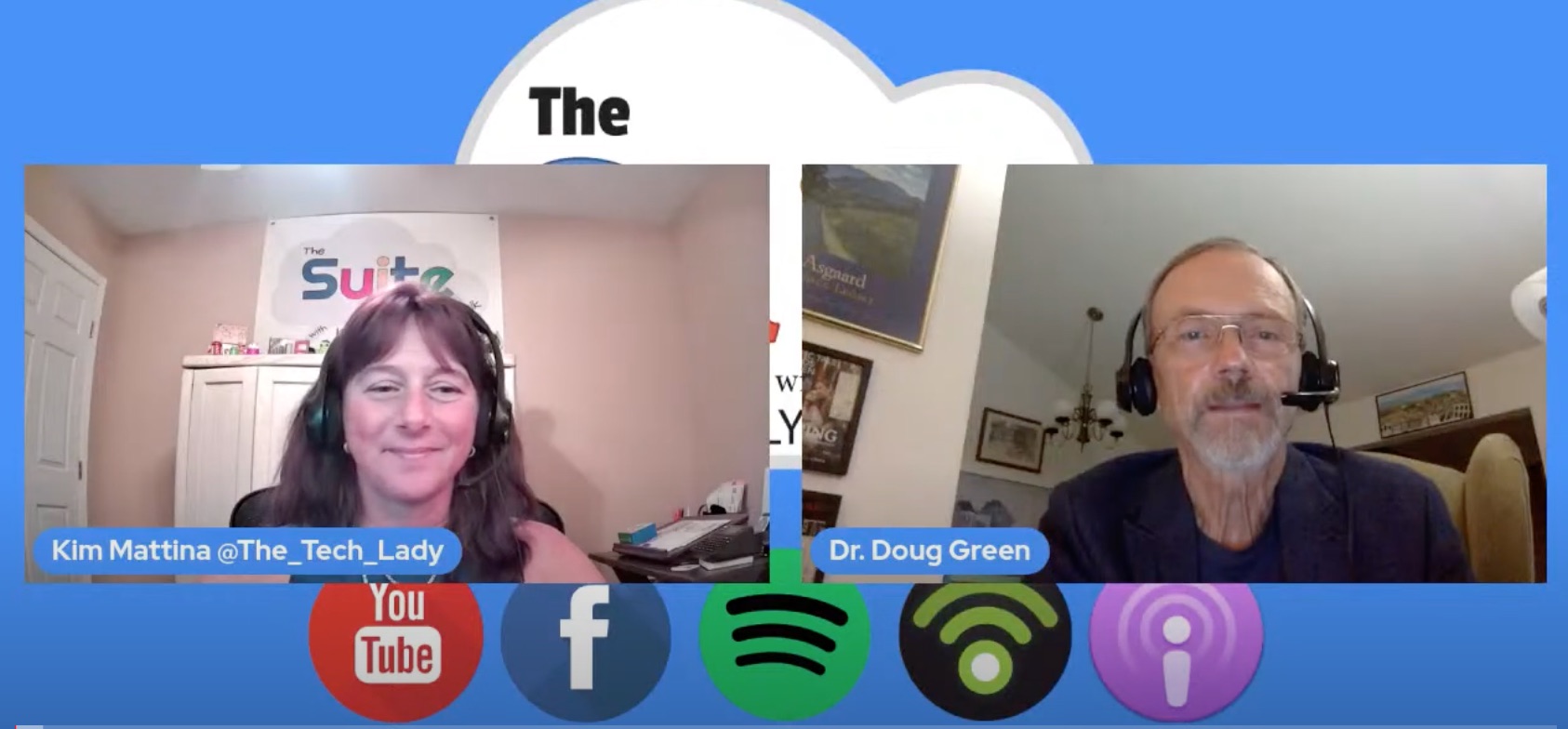
180 Moving Forward past the Pandemic with Dr. Doug Green – On October 4, 2021, I was Kim Mattina’s guest on her weekly show. Please join us for a discussion on what we can gain from our pandemic experiences as educators.
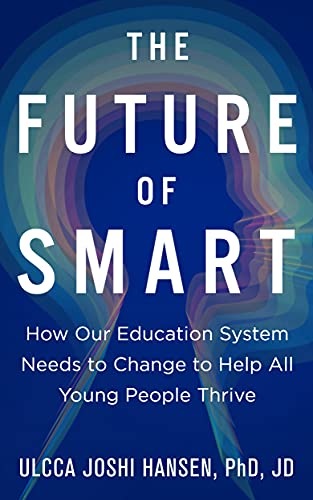
The Future of Smart: How Our Education System Needs to Change to Help All Young People Thrive by Ulcca Joshi Hansen
Noise: A Flaw In Human Judgement by Daniel Kahneman, Oliver Sibony, & Cass Sunstein
Weapons of Mass Instruction: A Schoolteacher’s Journey Through the Dark World of Compulsory Schooling by John Taylor Gatto
Unwinding Anxiety: New Science Shows How to Break the Cycles of Worry and Fear to Heal Your Mind by Judson Brewer
Where Good Ideas Come From: The Natural History of Innovation by Steven Johnson
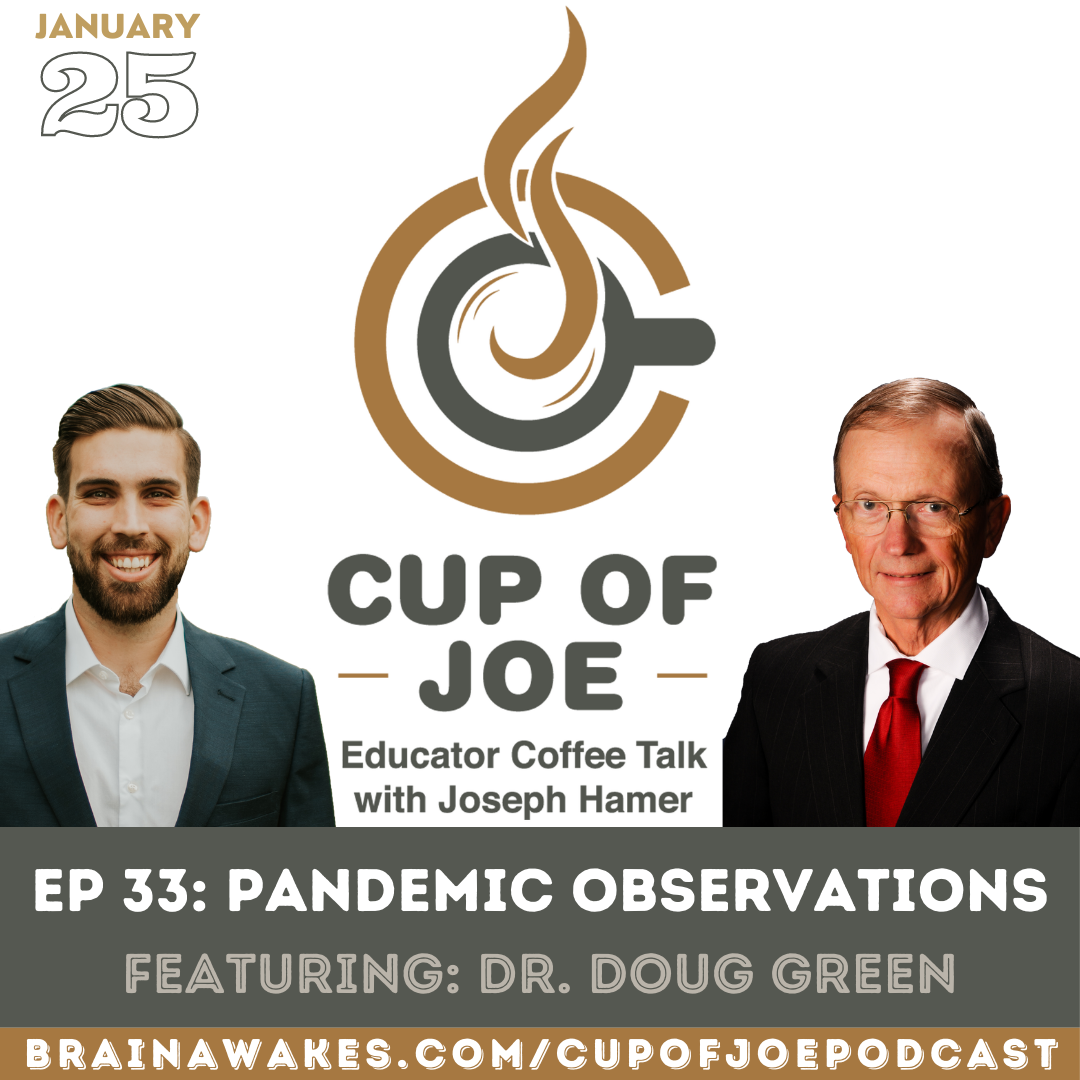
Listen to Dr. Doug on the “Cup of Joe” podcast. I recorded it last week. On it, I talk about the many good things I have seen in schools doing hybrid teaching. @PodcastCupOfJoe @DrDougGreen @BrainAwakes
Grasp: The Science of Transforming How We Learn by Sanjay Sarma with Luke Yoquinto
Back to School COVID Myths – It’s popular to say that hybrid learning is negatively impacting poor students who generally attend schools with lots of discipline issues. Is it possible that some poor kids who make a serious effort to learn aren’t the big winners? There may be stresses at home, but not many bullies. @DrDougGreen @mssackstein
This is my podcast on the Jabbedu Network. Please consider listening and buying my book Teaching Isn’t Rocket Science, It’s Way More Complex. Here’s a free executive summary. @jabbedu @DrDougGreen
Boys and Sex: Young Men on Hookups, Love, Porn, Consent, and Navigating the New Masculinity by Peggy Orenstein
Emotional Intelligence 2.0 by Travis Bradberry & Jean Greaves (the book can be found here)
Upstream: How to Solve Problems Before They Happen by Dan Heath
Be sure to try the bottom right translate button for your favorite language or one you are trying to learn. If you don’t see it check your adblocking software.







